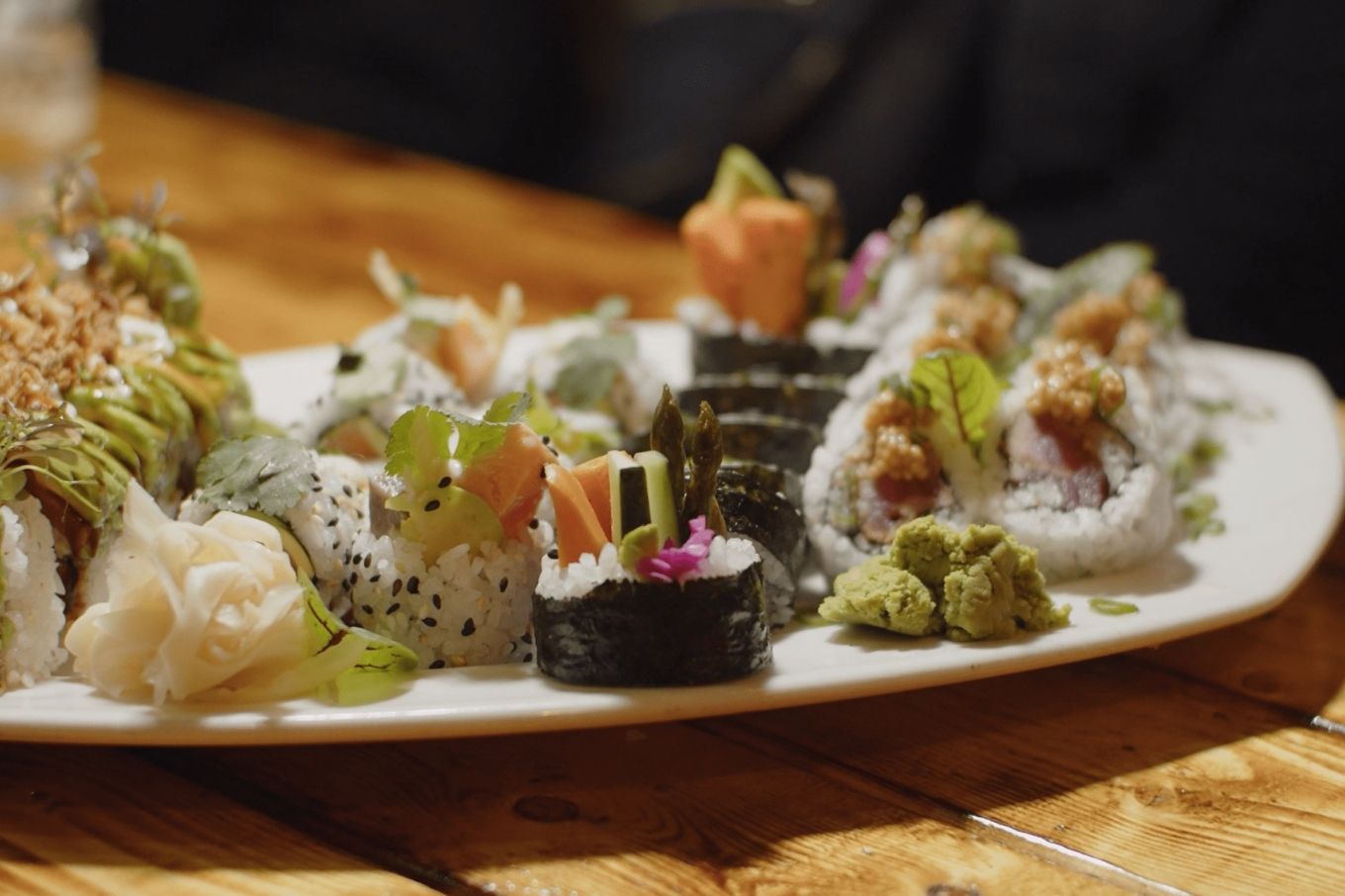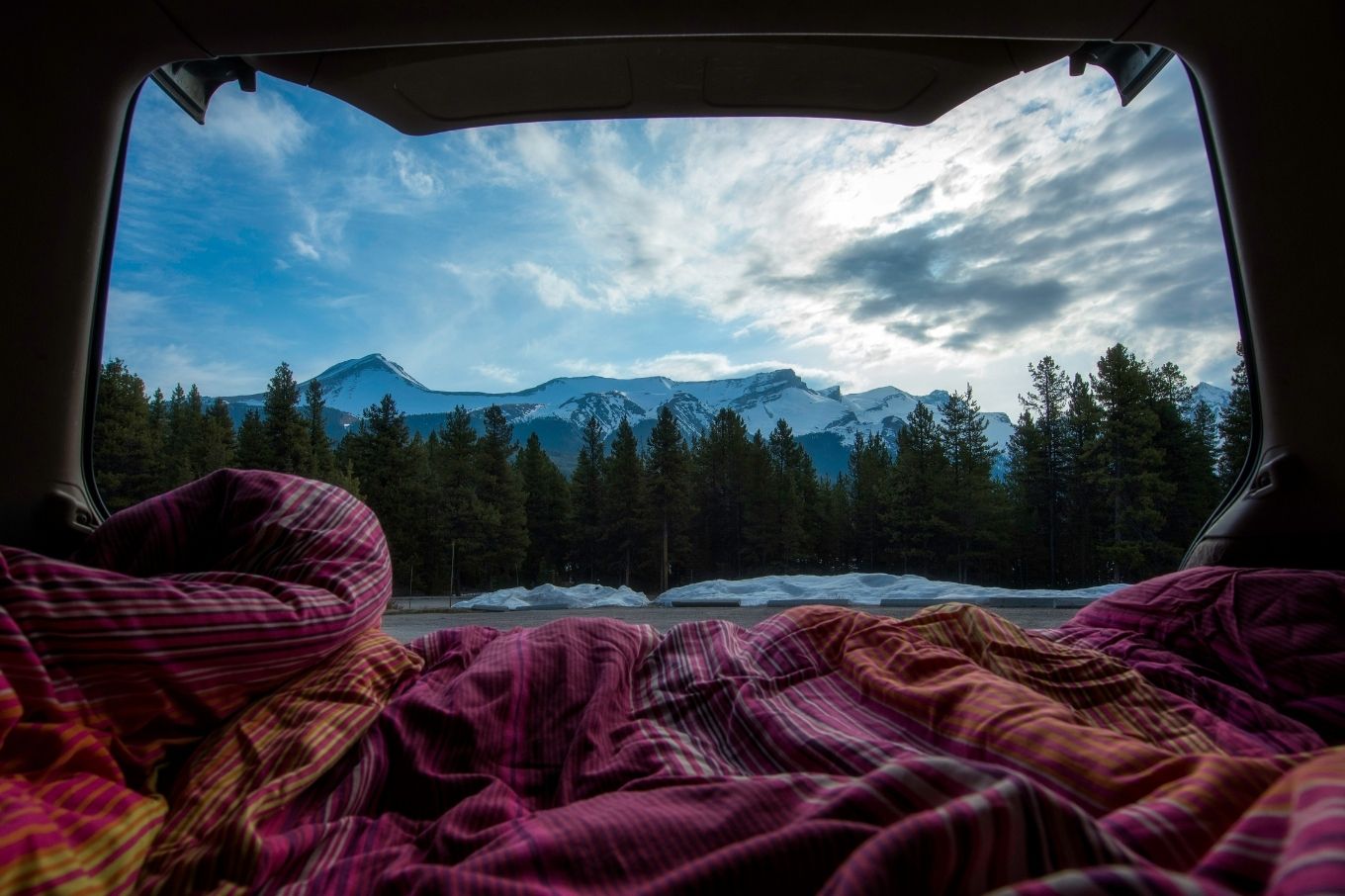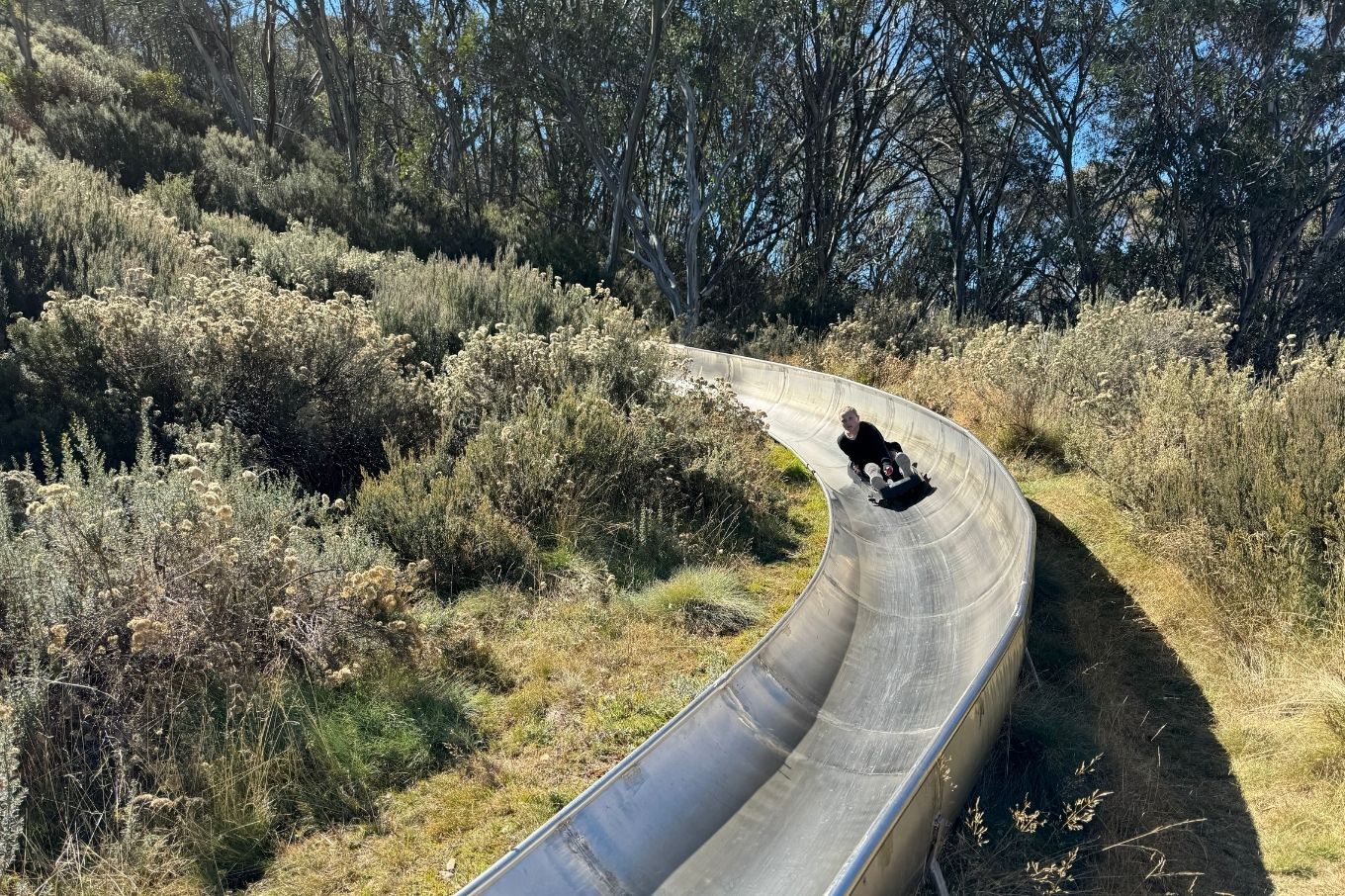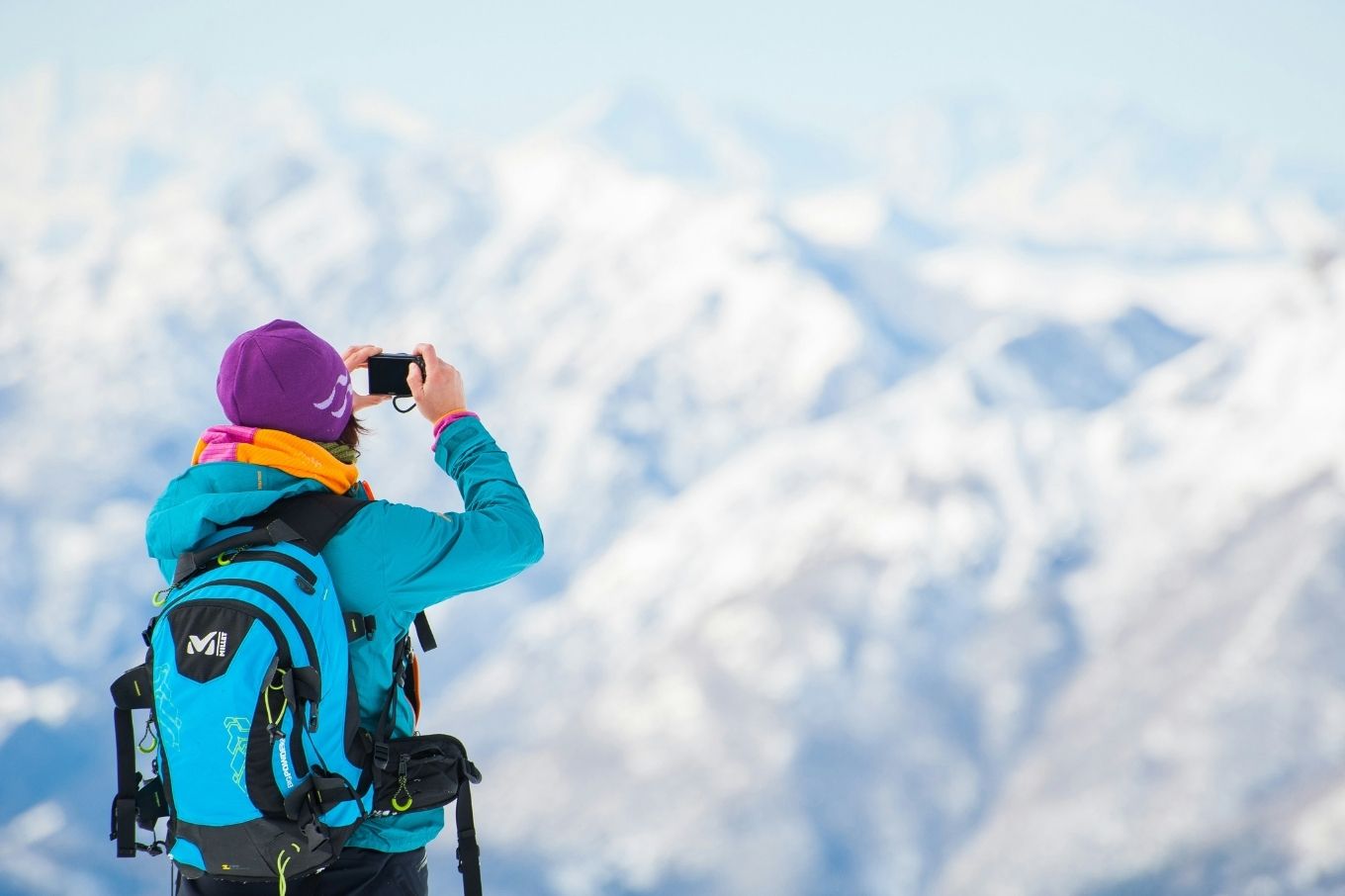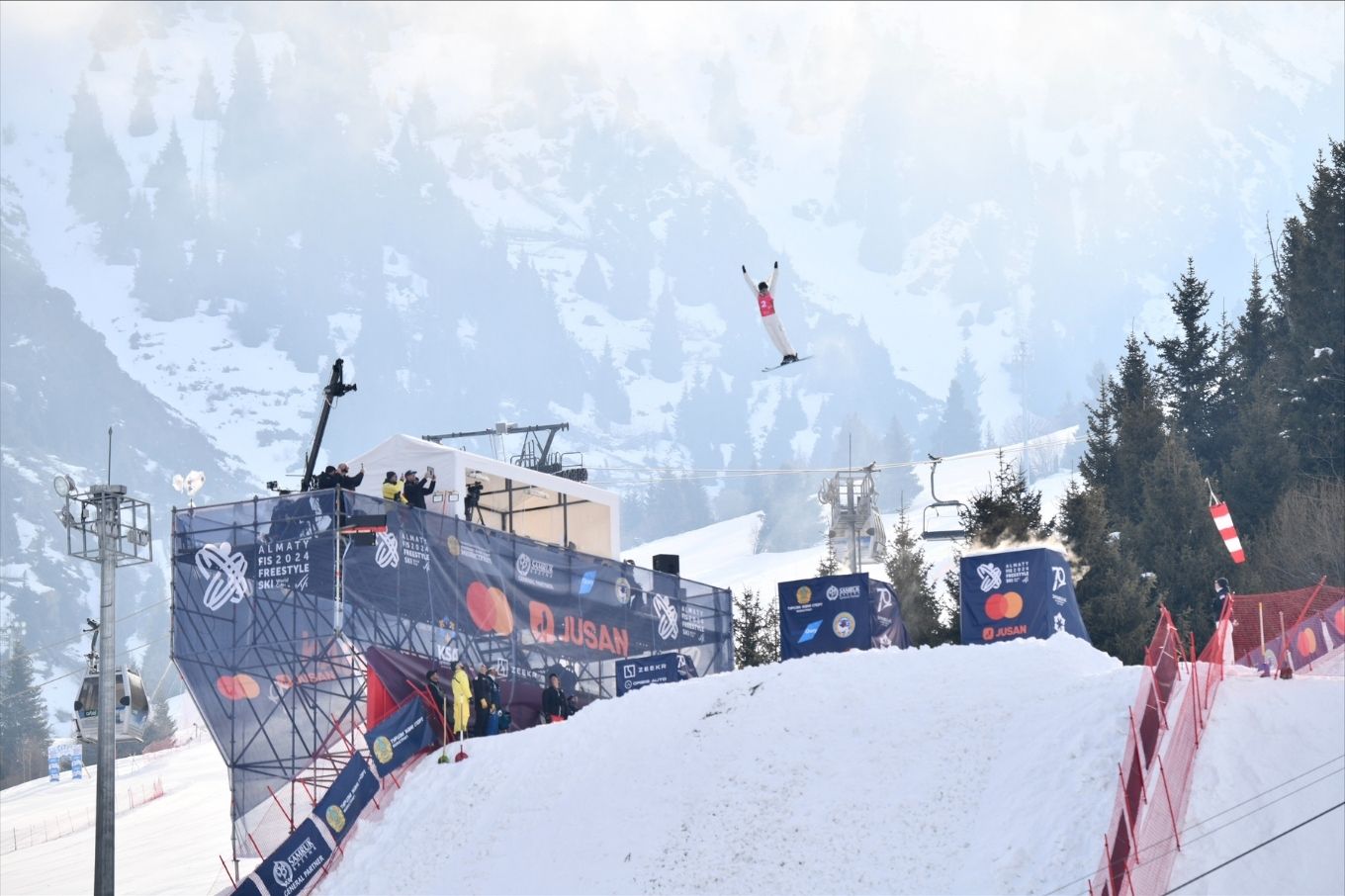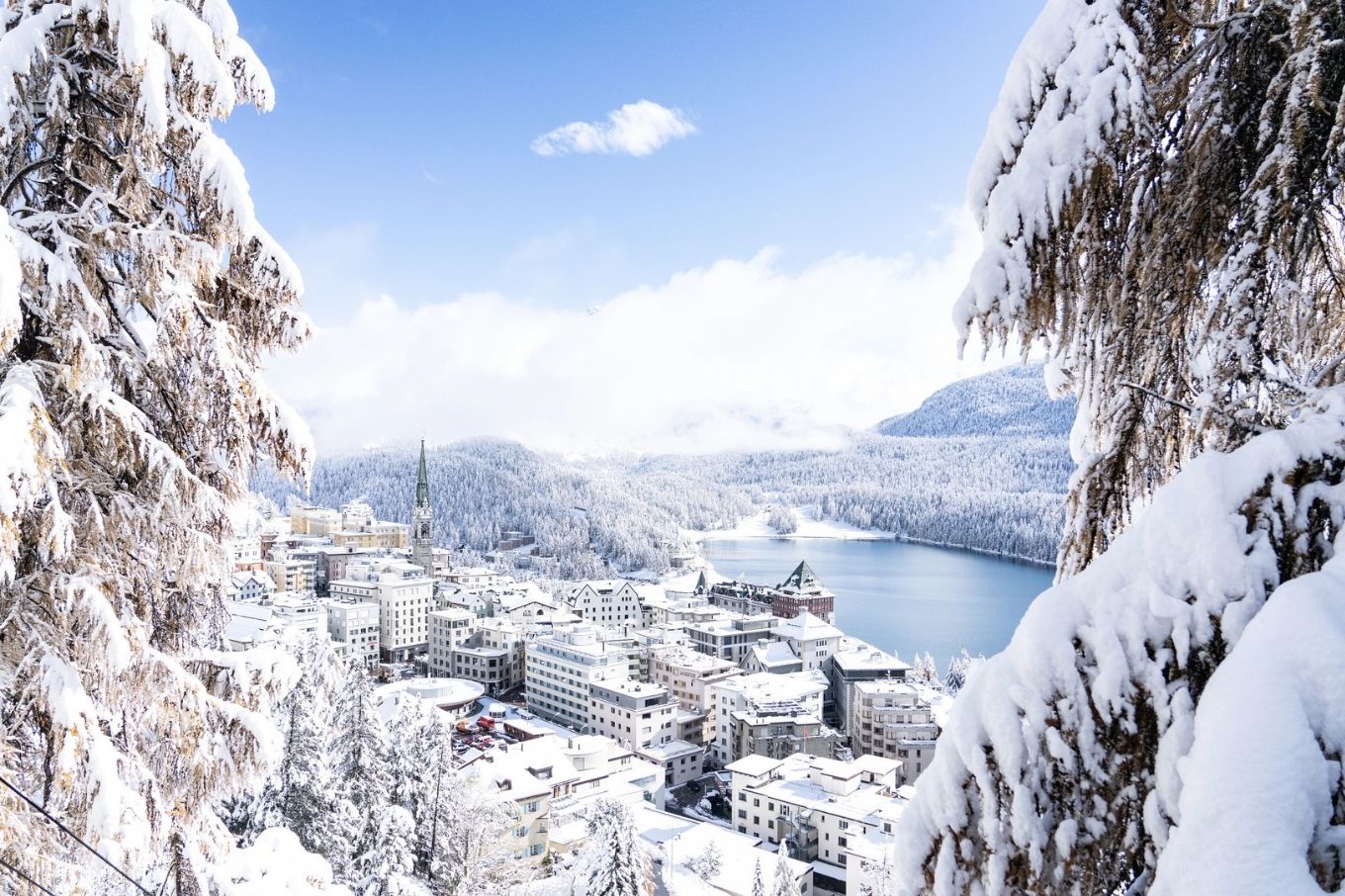Ski the World's Best COVID-Safe Resorts in Japan
Who wants to visit the World’s best COVID-safe ski resorts? Probably anyone reading this!
The news for skiers and boarders most places just keeps getting worse. Across Europe there will be very little skiing this Xmas / New Year, especially in the Alps.
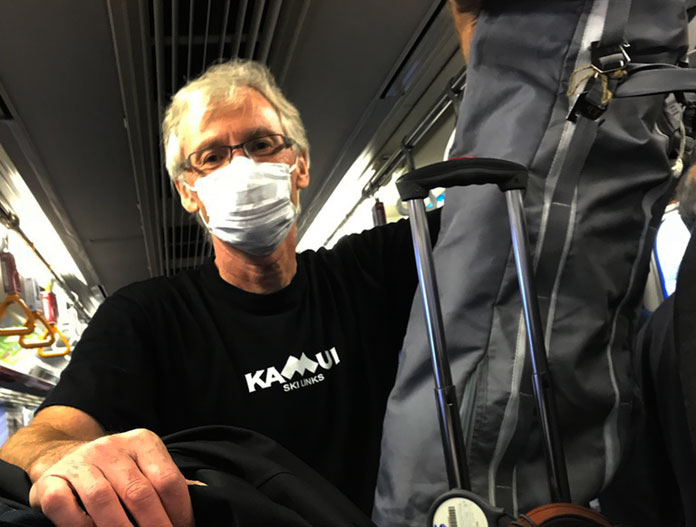
In America ski resorts remain open. But the novel coronavirus numbers are shocking. More COVID-19 deaths in one day there this week – 3,561 – than the TOTAL deaths in Japan from the virus, just over 2,200. And that’s before the full Thanksgiving Holiday surge kicks in on top of the ongoing surge. Our thoughts go to everyone there, especially our friends in the snow industry.
As we mentioned a few weeks back, when daily case and death numbers were much lower, even if you can go skiing it raises the question should you ski if local hospitals are totally over-run with COVID-19 cases? Last thing they need are some ski trauma injury victims. Later in the season with adults in charge things will get better, meantime stay safe, keep others safe.
While Canada is doing relatively far better than the USA, in BC a record 337 patients were hospitalised with novel coronavirus as of Wednesday this week, and patients from northern BC were being sent to hospitals in the provincial capital of Victoria. In the east, Quebec has cancelled plans to allow Xmas gatherings.
The BC government increased restrictions on many sports and activities this week in response – you can check the full list here.
Which brings us back to Japan. The World’s best COVID-safer resorts are here.
True, Japan has been undergoing an extended second or third wave according to different commentators. But it’s nothing compared to North America or Europe.
Of the major ski destinations, Hokkaido Prefecture has been the most affected by the new wave – 206 new cases yesterday. Sapporo and its hugely popular Susukino entertainment district identified as the main hotspot. We rate that as Hokkaido and Japan’s best aprés ski zone. But best avoided this winter obviously.
Osaka (386 new cases yesterday) and Tokyo (533 new cases) are the main centres with more infections, as you would expect. Osaka Governor Yoshimura Hirofumi told NHK (Japan’s state TV broadcaster) yesterday, “It’s getting harder to provide treatment to people with serious symptoms. This is the right timing to issue a red alert. It’s a declaration of an emergency in medical care. Our first priority will be protecting life.”
Fair enough. No need for skiers to hang around in the cities. Earlier this year, and for many years previously, we have always done like the locals do and masked up through Tokyo, and never even caught a cold.
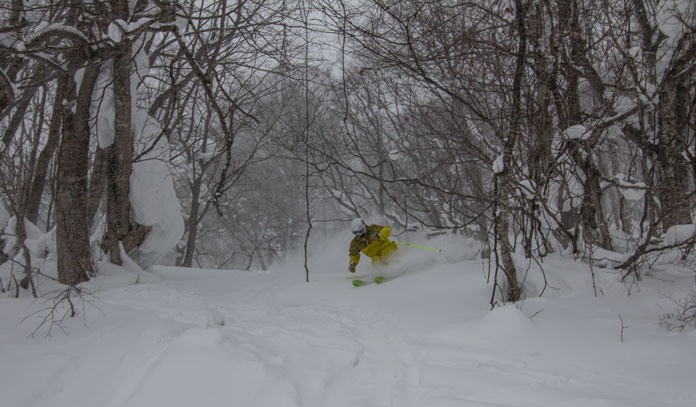
The Top 5 COVID-Safer Ski Resorts in Japan
But move out of the major cities in Japan and the picture is very different. Especially in northern Honshu. Total case numbers for Akita, Iwate and Yamagata Prefectures remain minimal. New cases were zero in Akita, 4 in Iwate and 7 in Yamagata.
Iwate is the second most sparsely populated prefecture in Japan, and Akita is mostly wild too. Yamagata has urban centres in the south but is also truly wild and mountainous – which historically made it a centre of Shugendo, the traditional religion that venerates mountains. Our kind of religion, but we digress.
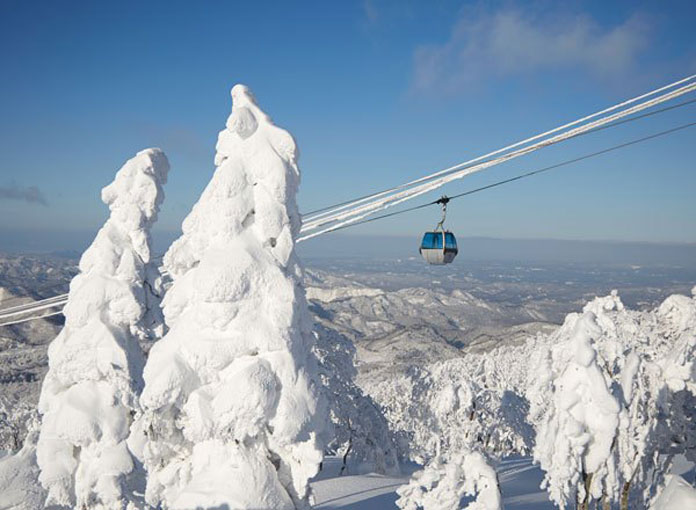
#1 Ani Ski Resort, Akita
This still almost totally off-grid powder gem used to get zero westerners. Sorry, we let the cat out of the bag writing it up and now they get a few hundred a season. Still minimal.
Ani is a classic one gondola wonder place, plus an extra double chair at the top for some insanely fun tree pow laps without needing to go all the way to the bottom again.
You won’t see hardly anyone, and the chances of them having COVID-19 are almost zero – nobody in Akita has it!
There’s a nearly 3km long cruisy green run groomer all the way down from the top of the gondola too, the Paradise Course, which on a nice day provides a scenic long trail over the whole 663m / 2,175′ vertical (almost exactly the same as top-to-bottom at Thredbo for Aussie readers). A couple of shorter ungroomed intermediate alternatives run off it along the way.
Another double chair at the base accesses a couple of beginner and intermediate level groomed runs, so there is something, albeit not much, for all standards.
The trees for Japow fiends are what it’s all about at Ani though. Check our full Ani Ski Resort feature with getting there and accommodation details here. It combines well with #4 and #5 below too, on the ‘Tohoku Powder Line’.
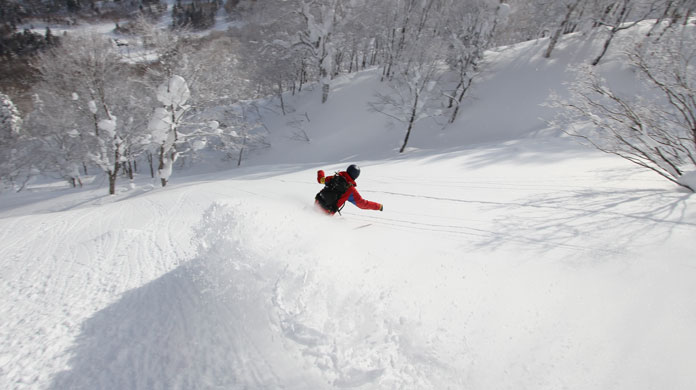
#2 Appi, Iwate
Don’t worry, ski Appi as the song says..
For a decent size resort with great snow, excellent facilities, accessability (only 21/2 hours shinkansen to Morioka plus a 45 minute bus ride from Tokyo) and virtually zero chance of catching COVID-19, Appi is probably up there as best in the World right now.
Until late April Iwate had still recorded zero novel coronavirus cases. As we write in early December the whole Prefecture has had only 208 total cases – or about the same as Hokkaido is currently chalking up daily.
Appi is a full service ski in/ski out resort, built in Japan’s ski boom era with fairly standard boxy hotels fronting the slopes. It languished for a while, but new owners pumped millions into a total makeover from accommodation that now includes apartment styles favoured by many western guests, to better restaurants and bars, spa treatments, and a giant duty-free shopping arcade running through what used to be soulless vacant connecting corridors.
On the mountain they have opened up more ‘powder zones’ in the trees too. Appi’s Aspirin powder is not usually as deep as the Hokkaido resorts, but it’s easily as dry and since our first visit in 2008 we have always found some nice pow lines. Back then you had to poach them, now they’re on the trail map. Well, some of them are – go further to find more.
Appi is perfect for families with an ideal learner/little kids area out front of the hotels then wide open gentle slopes up the first third or so of the slopes, a bit steeper in the next section and steep enough for fast groomer action or tree fun on the top third.
The grooming is as good as it gets in Japan too.
Geat the full Appi days (sorry .. can’t resist!) story in our full feature here.
Head downtown to Hachimantai for great izakaya food and fun – they run a bus. It’s a friendly real Japanese town that has got organised to welcome visiting skiers regardless of language barriers. The local tourist office people will look after you – check more on their Vist Hachimantai website.
Nearby Hachimantai Shimokura is available as a day trip for more off-grid tree skiing. Or step it up with father and son team Boss and Junya Kuragane’s Hachimantai Cat Skiing; they will pick you up from Appi as part of the package.
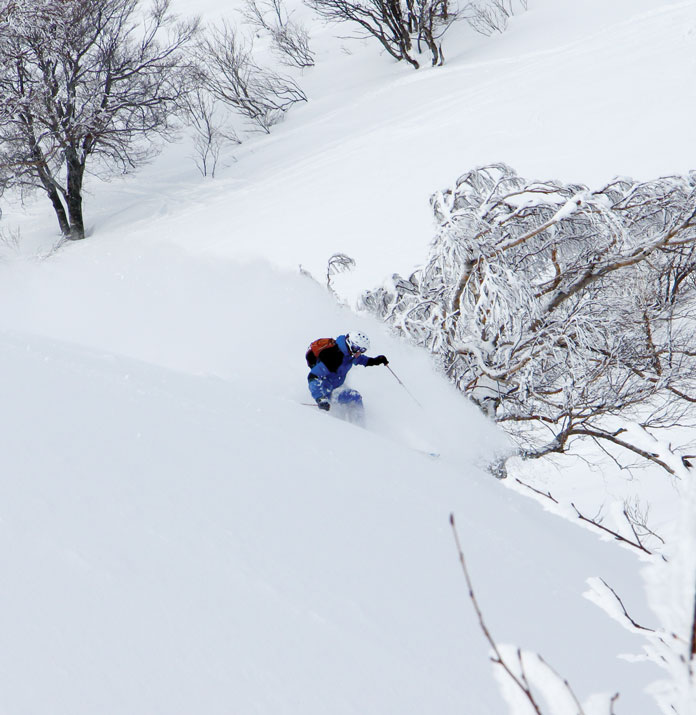
#3 Zao Onsen Yamagata
For a big resort with scant chance of getting COVID-19 Zao is right up there with Appi as an option. Yamagata has only recorded 142 total cases of novel coronavirus.
This classic is one of the oldest major ski areas in Japan, with plenty of historic reminders of the early Austrian influence, from oompah-pah music wafting through the trees to a Kandahar run.
Zao is most famous nowadays for the Juhyo snow monsters that cover the summit. Conditions are perfect for the frozen snow-laden trees to form fantastic shapes here, and the ropeway to the top is often packed with sightseers. They even light the whole spectacle up at night, which is pretty, but also pretty bloody cold.
For a western skier used to gladed snow monsters at places like Big White, where you are encouraged to ski among them, Zao’s lack of glading and official no-go policy for skiing them has probably helped keep it off the popularity charts for powder seekers.
The mostly western facing slopes can be exposed and icy, with sun and wind crust. But the north-tilting tree runs hold good snow in good condition and the lower ones are accessible.
Zao’s onsen are a good reason to come here. People have been doing just that for over a 1,000 years. The village is strung out along the slopes, with no real centre. It’s a stiff uphill walk to lifts if you don’t stay close to one of the several base areas – it was originally different lift companies.
Overall it’s big by Japanese standards, with a lot groomed runs and 41 lifts.
Easily accessed via the Yamagata shinkansen or from Sendai. Check our full Zao feature here.
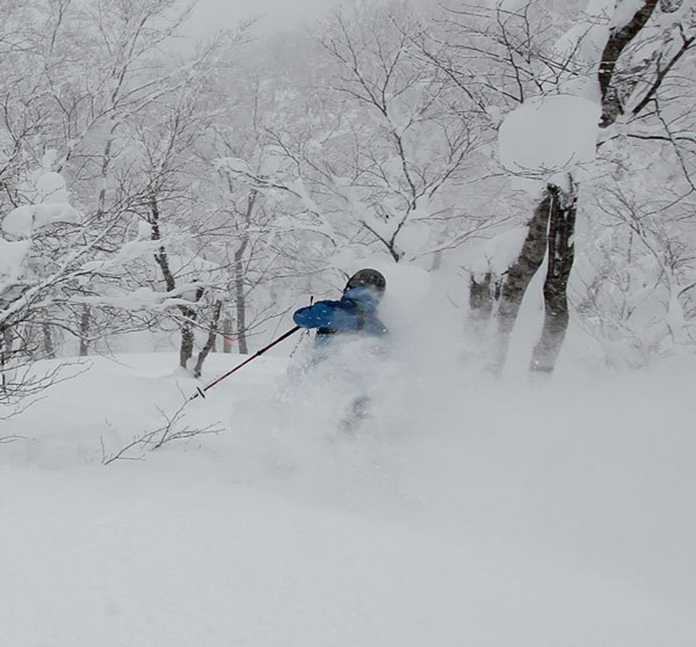
#4 Geto Kogen
All hail the ‘King of Snow’. Geto can have more snow than any other resort in Japan, and is usually up with the leaders for snowfall, especially in Honshu.
Another Iwate gem, it benefits from the wild prefecture’s great COVID-19 record to make it another super safe option.
All that snow is the icing on the cake. Geto have a very pro-active attitude to opening up more and more powder courses.
These range from ideal get-the-hang-of-it gladed runs to full-on tree smash-it heaven. You can hit 80% of the entire 424m vertical at 45° plus in the trees, steep enough to keep your speed up even when it’s waist deep or more.
TIP: the runouts from the best tree runs become little narrow luge tracks, so go flat chat or risk being cleaned up by the next boarder exiting the same zone.
Geto is very accessible, with a FREE bus from the Kitakami shinkansen station. You can stay cheaply in Kitakami, at onsen ryokan in between, or at the amazing Camp 88 backpacker at the base of Geto itself. A couple of our younger contributors did the season there not long ago. Check their story on the link above for some great tips about that.
For full details see our main Geto feature here.
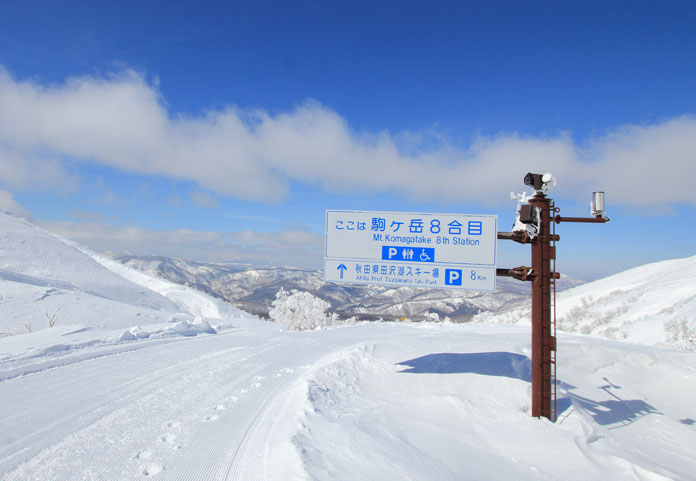
#5 Tazawako, Akita
This one was a toss up. Hakkoda in Aomori is pretty awesome, and Aomori has only had 308 total novel coronavirus cases. But Akita has had only 90, and just one death.
So we leaned towards Akita’s 2nd best ski area, Tazawako.
Unless you happen to be a World Cup mogul skier (it’s been a regular stop on the bumps tour for years) you have probably never heard of it, far less skied it.
Time you did. Nice terrain, very few western skiers, can get great powder and the off-piste alpie terrain above the lifts is excellent – best tackled with a guide.
There’s a funky cat ski operation next door that runs you up a summer road line too, for either a long easy groomer following the road back down or powder hits in the trees off the sides.
Or use the cat as the gateway to some nice touring on the top of Mt Akita Komagatake. This is pretty popular with locals, most of whom will skin up the cat road. It’s possible to skin up further and head back over and down into the main Tazawako area, but best do that with a local guide. Plenty of exposed terrain and avi zones, would not be nice to be socked in up there. Tazawako Outdoor Tour are good.
The main ski area has fun cruising runs for all levels, a great view of Lake Tazawa, and accommodation from basic but clean and comfortable at the base to nice hotels down on the lake.
Tazawako station is just under 3 hours from Tokyo or 30 minutes from Morioka on the Akita shinkansen. The resort is only 6km from the little station.
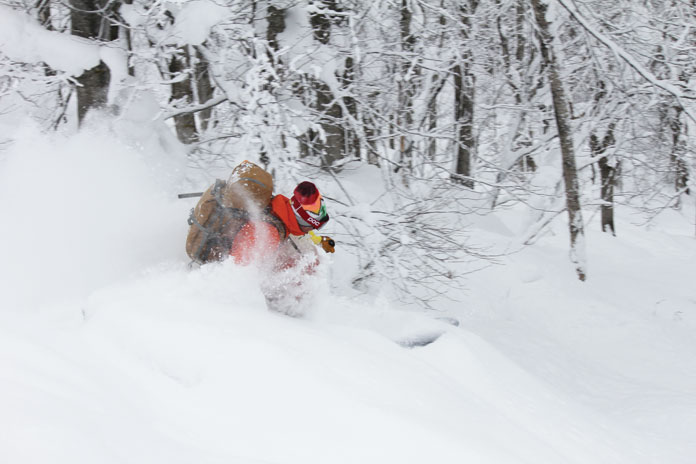
Sure, most of us can’t get there now. But as soon as we can ..

